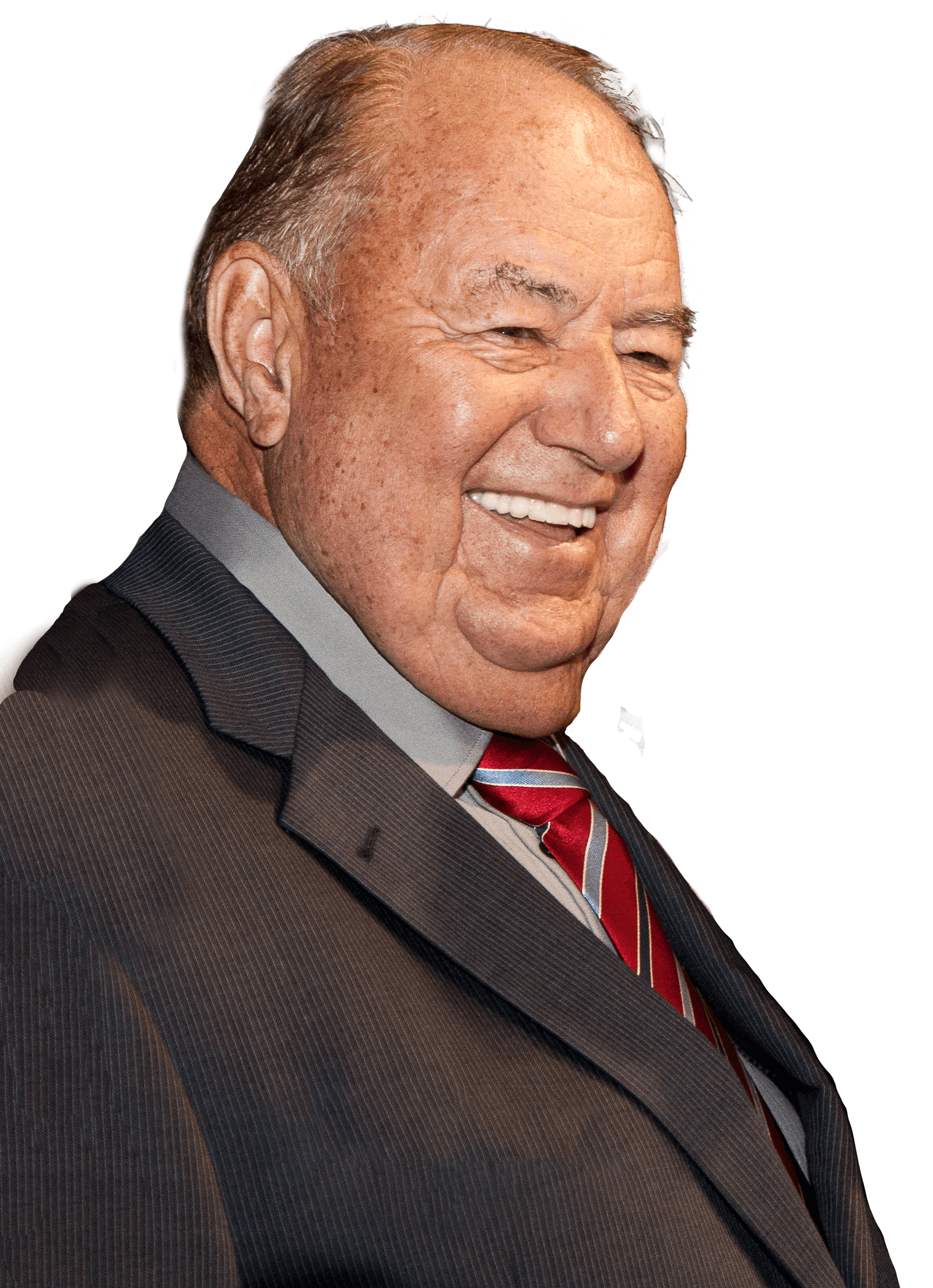
Oct. 14, 2019
The Top Gun aerial cinematographer and holder of speed records thinks we should be flying faster.

Clay Lacy has always been testing the limits. A renowned pilot with over 50,000 hours in 300 air-craft types, he was among the first aviators to earn a Learjet rating, and in 1964 became a demo pilot and salesman for the original high-performance light jet.
At the 1965 NBAA show, Lacy flew Learjet demos all day, working to convince operators of piston-powered air-planes and converted war-surplus aircraft that they should embrace faster, turbine-powered aircraft. By the end of the 1960s they did, with first-generation business jets – the JetStar, Sabreliner, Jet Commander, Falcon 20, D.H.125 and Gulfstream II, as well as the Learjet – flying business people farther and faster than ever before.
In the years since, as business aircraft have grown bigger and faster, Lacy didn’t slow down. A United Airlines pilot for 40 years, he flew everything from DC-3s to 747s. He also was a military aviator and test pilot, an air race champion and holder of nearly 30 speed records, and a trailblazing aerial cinematographer. He also founded Clay Lacy Aviation, which pioneered business jet charter and now offers aircraft management, FBO support and other services.
However, Lacy is surprised that today we aren’t flying much faster than the original Learjet. “I thought for sure that by 1980 I would be flying Mach 2 at United Airlines. As 2020 approaches, there are no supersonic commercial airplanes. But I think it will happen in the next five years. Think about what getting there in half the time will mean.”
But for progress to continue, the aviation industry will need to attract talented professionals who can continue to expand the envelope. Lacy’s solution is simple: “Those of us in business aviation should help promote it, tell people what a wonderful career it is, and encourage more young people to get into it.”


 International Business Aviation Council Ltd.
International Business Aviation Council Ltd.